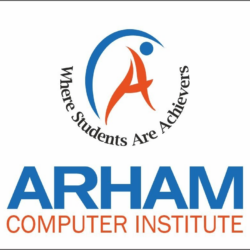COURSE DESCRIPTION
This course introduces students to the fundamentals of SQL using Oracle Database 11g database technology. In this course, students learn the concepts of relational databases and the powerful SQL programming language. This course provides the essential SQL skills that allow developers to write queries against single and multiple tables, manipulate data in tables, and create database objects.
The students also learn to use single-row functions to customize the output, use conversion functions and conditional expressions, and use group functions to report aggregated data. Demonstrations and hands-on practice reinforce the fundamental concepts.
In this course, students use Oracle SQL Developer as the main tool, and SQL *Plus is available as an optional tool.
LEARN TO:
- Retrieve row and column data from tables with the SELECT statement
- Create reports of sorted and restricted data
- Display data from multiple tables.
- Use DML statements to manage data.
- Use DDL statements to manage database objects
AUDIENCE:
- Developer
- End-User
- Implementer
OBJECTIVES:
- Employ SQL functions to generate and retrieve customized data
- Display data from multiple tables using the ANSI SQL 99 JOIN syntax
- Create reports of aggregated data
- Use the SET operators to create subsets of data
- Run data manipulation statements (DML) to update data in the Oracle Database 11g
- Run data definition language (DDL) statements to create and manage schema objects
- Identify the major structural components of the Oracle Database 11g
- Retrieve row and column data from tables with the SELECT statement
- Create reports of sorted and restricted data
Curriculum
- 28 Sections
- 100 Lessons
- 60 Days
- Introduction3
- SELECT and WHERE3
- WHERE, ORDER BY, and Intro to Functions3
- Single Row Functions Part I3
- Single Row Functions Part II3
- JOINs6
- Group Functions5
- Subqueries4
- DML3
- DDL3
- Constraints3
- Views3
- Sequences and Synonyms2
- Privileges and Regular Expressions3
- TCL1
- Fundamentals of PL/SQL3
- Defining Variables and Datatypes7
- Using SQL in PL/SQL4
- Program Structures to Control Execution Flow5
- Using Cursors and Parameters6
- Using Composite Datatypes2
- Exception Handling4
- Using and Managing Procedures3
- Using and Managing Functions6
- Using and Managing Packages3
- Getting the Best out of Packages2
- Improving PL/SQL Performance2
- Using and Managing Triggers5

